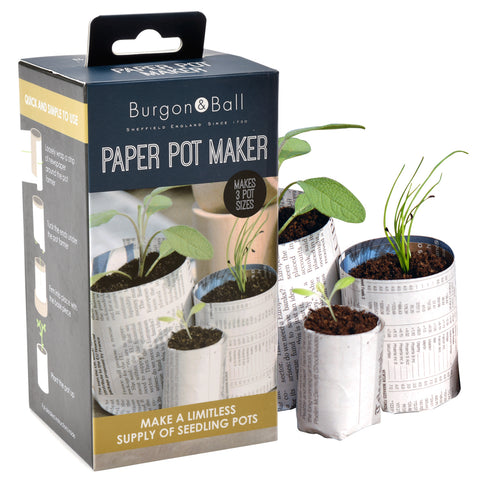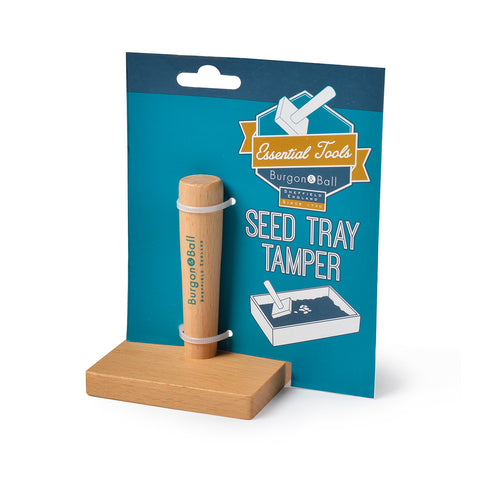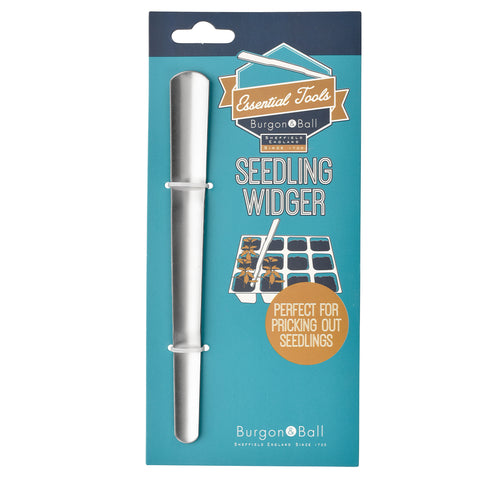
Good things come to those who wait, we’re told… and that’s certainly true in the case of biennial flowers.
Simply meaning ‘flowering in its second year’, biennial is the name given to flowers and other plants which use their first summer to grow a robust rosette of greenery, and then bloom and produce seeds in their second summer. Plant them in late spring or early summer to give them plenty of time to get established before winter, then watch them take off next year!
Some of our best-loved garden flowers are biennials, including some classic cottage garden favourites like foxgloves, sweet William, and hollyhocks. And some are native to the British Isles too, meaning they’re also loved by pollinators and are a fabulous choice for wildlife gardens.
Seeds for biennial flowers are generally planted in spring and early summer. Some you can sow where they are to flower, or you may choose to sow indoors or in seed trays in a greenhouse for a more controlled result, transplanting out to their flowering position when they’re well established. But the longer your biennial seedlings have to grow this year, the better the display next year - so it’s definitely time to get planting!
Here are some stunning biennials you may like to sow now to enjoy next year.
Foxglove (top photo)
You’ll see foxgloves growing wild in hedgerows, woodland and heathland across the UK. Unlike many wildflowers, this is one we welcome into our gardens – which is great news for pollinators! Many beautiful cultivars of this cottage garden favourite are available, useful for adding height to your planting. A word of warning - although they’re certainly beautiful and a real hit with the bees, foxgloves can be toxic to dogs, cats and humans if eaten, and can cause skin irritation if handled. So if you do have young children in the garden or animals which like to snack on your plants, you may feel it’s wise to make a different choice.
Aquilegia
Also known as Columbine or Granny’s Bonnet, aquilegias are in fact a short-lived perennial. Plant them every summer to ensure beautiful flowers the next year - they’re tough plants and will cope with sun, dappled shade or even deeper shade. Smaller varieties like aquilegia flabellata ‘Mini Star’ are ideal for underplanting roses or shrubs to bring a ground-level jolt of colour.

Honesty
Honesty is a very pretty flower for the garden, where its fragrant flowers and plentiful nectar makes it a great choice for wildlife gardens. It’s equally well-known however for its striking seed heads. The distinctive translucent discs with seeds visible inside bring interest to the garden over the winter months, and they’re a great favourite with flower arrangers.
Hollyhock
Hollyhocks are actually short-lived perennials, and as with many plants in this group, there’s a rule of diminishing returns - they flower most abundantly in their first flowering season. Hollyhocks are also very prone to rust, a fungal infection, so it’s probably best just to hope for one flowering season, and plant them every year as biennials.


Teasel
Perhaps not to everyone’s taste, teasels bring a distinctly wild and dramatic look to the garden. The flowers emerge in distinctive rings around the flower head to give a lasting display, and the nectar-rich flowers are loved by pollinators. The plant’s tough skeleton will last over the winter to bring height and structure, and the seed heads are a magnet for garden birds like goldfinches.
Sweet William
Along with carnations and pinks, sweet Williams are in the dianthus family. Loved for their sweet fragrance and cheery colours, sweet Williams make wonderful cut flowers as well as bringing bees and butterflies to your garden. Sweet Williams will self-seed, but seeds of cultivars will not breed true, so you could end up with a bit of a random mix. Embrace the element of chance!
Why not add some of these beauties to your garden?




